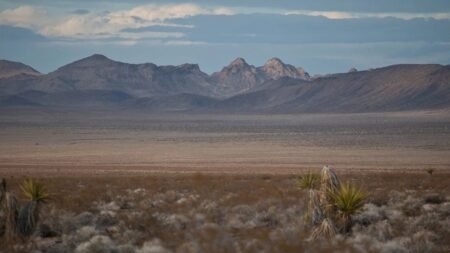Islamic Azad University is one of the largest private university systems in the world, playing a major role in expanding higher education opportunities in Iran since its establishment in 1982. Founded by a group of Iranian academics and clerics, the university was created to meet the growing demand for university education in the country, especially after the Islamic Revolution. Operating independently from government-run universities, Islamic Azad University has rapidly grown into a vast network of campuses and educational centers that serve millions of students.
The university system consists of more than 400 branches spread throughout Iran and internationally, including locations in the United Arab Emirates, the United Kingdom, and Lebanon. The main administrative headquarters of Islamic Azad University is in Tehran. This extensive network has made it one of the largest private educational institutions globally, providing access to higher education for a broad population. The university’s reach has helped many students who may not have been able to attend government universities due to limited space or other restrictions.
Islamic Azad University offers a wide range of academic programs at undergraduate, graduate, and doctoral levels. Its fields of study cover engineering, humanities, sciences, medicine, law, arts, and social sciences. Over the years, the university has placed a growing emphasis on research and development, with various faculties conducting scientific studies that contribute to academic advancement. This focus on research has helped improve the university’s standing and output in the academic world.
With millions of students enrolled, Islamic Azad University has become a key institution in Iran’s educational landscape. Many of its graduates have gone on to hold important positions in different sectors of Iranian society, including academia, government, and industry. The university’s ability to provide widespread access to education has been instrumental in shaping Iran’s workforce and professional class.
Being a private institution, Islamic Azad University relies mainly on tuition fees and donations for funding. It is governed by a board of trustees composed of influential figures from Iranian politics and society. This structure allows the university to operate with a certain level of independence, but it has also been the subject of political controversy. Questions around funding transparency and the university’s close ties to governmental bodies have been raised by critics over the years.
The reputation of Islamic Azad University varies depending on the viewpoint. While it is recognized for its vast scale and accessibility, some critics argue that its educational quality does not always match that of top government universities in Iran. Despite this, the university continues to improve its academic standards and research capabilities. Many efforts have been made to raise the level of education and attract more qualified faculty members to compete at both national and international levels.
Islamic Azad University’s international branches serve multiple purposes. They provide education to the Iranian diaspora and students from other countries, while also promoting Iranian culture and fostering academic collaboration beyond Iran’s borders. These campuses help strengthen the university’s global presence and offer opportunities for cross-cultural exchange.
The university’s impact extends beyond just education. It has contributed significantly to the social and economic development of Iran by training skilled professionals and experts in various fields. This contribution has helped address workforce shortages in critical sectors and supported the country’s overall progress.
Despite some challenges, Islamic Azad University remains a vital part of Iran’s higher education system. Its vast network and large student body demonstrate its importance as a provider of educational access. With ongoing efforts to improve quality and expand research, Islamic Azad University continues to influence the academic and professional landscape in Iran and beyond.







